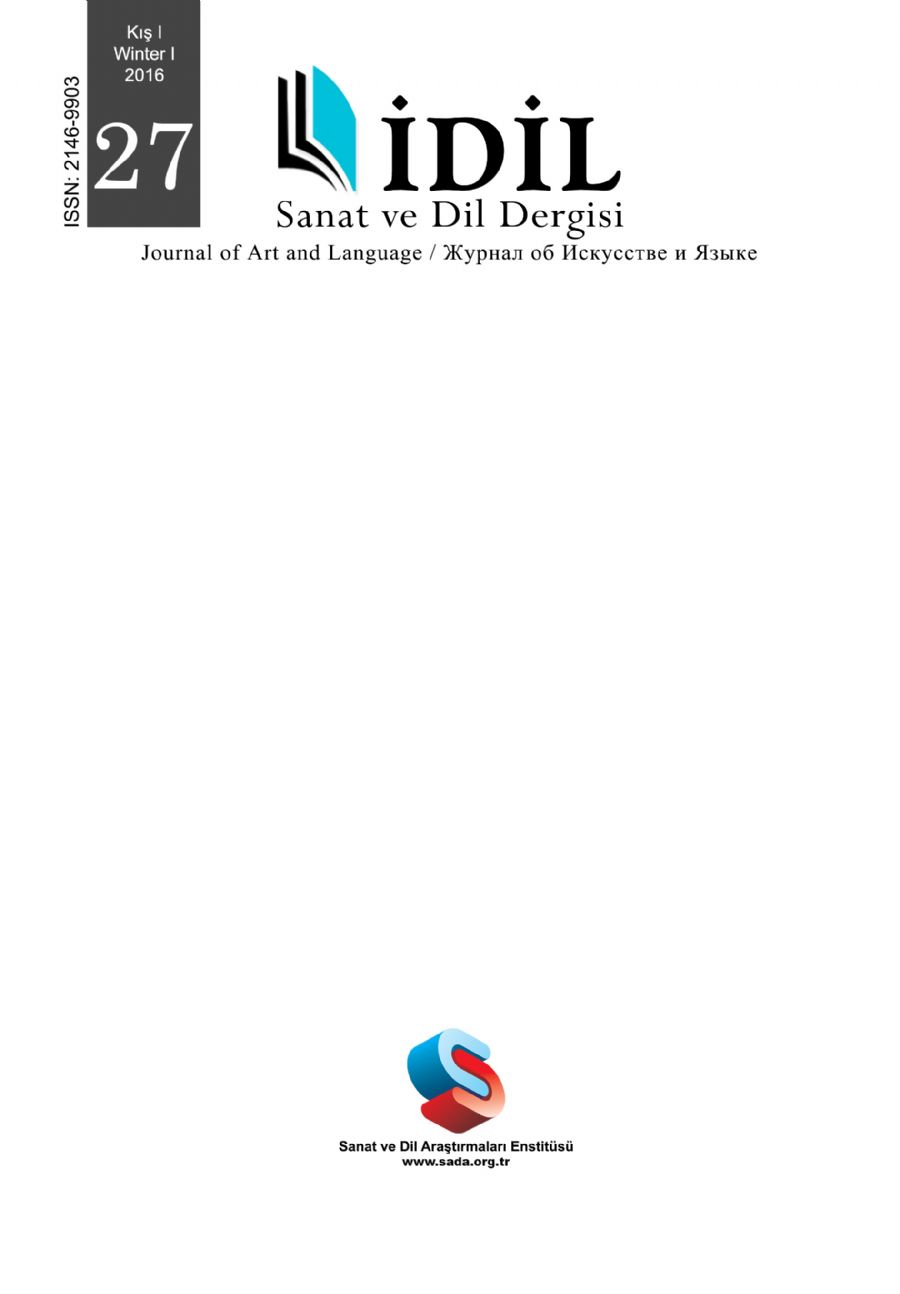TÜRK KÜLTÜRÜNDE HAMAM GELENEĞİ VE RESİM SANATINA YANSIMALARI
HAMAM CULTURE IN TURKISH TRADITION AND ITS REFLECTIONS ON PAINTINGS
Author(s): Zuhal Arda, Semih BüyükkolSubject(s): Anthropology, Architecture, Visual Arts, Turkish Literature, Health and medicine and law, The Ottoman Empire
Published by: Sanat ve Dil Araştırmaları Enstitüsü
Keywords: Culture; tradition; Turkish hamam; Turkish painting;
Summary/Abstract: Turkish baths, or hamams are necessary to the Turkish tradition for both religious and physical cleansing. In the Seljuk, Principalities and Ottoman periods, hamams began to be built in religious, commercial and military buildings near mosques with zawiyah, and then they were built inside the Islamic-Ottoman social complexes (külliye) by the foundation system. Hamams were open to people from all walks of life and allowed different strata of the community to socialize.They both affected and were affected by their locations. Religious minorities in the society established foundational hamams for their own communities in the districts where they were numerous. Hamam culture is included in Turkish literature, architecture and fine arts. In Turkish painting, the inclusion of hamam culture begins with examples in the craft of miniatures. Miniature works depicting hamams are found in books such as Surname-iHümayun (The Imperial Festival Book), Hünername (The Book of Gestures) and Zenname (TheBook of Women). The Turkish hamam became a common theme in in paintings and journals of foreign travelers, either in paintings by them or other foreign artists who depicted their stories. Turkish painters considered hamams as a tradition that should be kept secret, like the harem, and did not used it as a theme in their works. The Turkish hamam is a phenomenon that emerged very long ago and survived to the present. It is capable of illuminating the richness of Turkish people's culture and lifestyle in many ways. It is an important task of Turkish painters to preserve and improve this cultural heritage and its values regarding health, social life and art and to reflect them in their paintings so that they are conveyed to future generations.
Journal: İdil Sanat ve Dil Dergisi
- Issue Year: 5/2016
- Issue No: 27
- Page Range: 2047-2062
- Page Count: 16
- Language: Turkish

